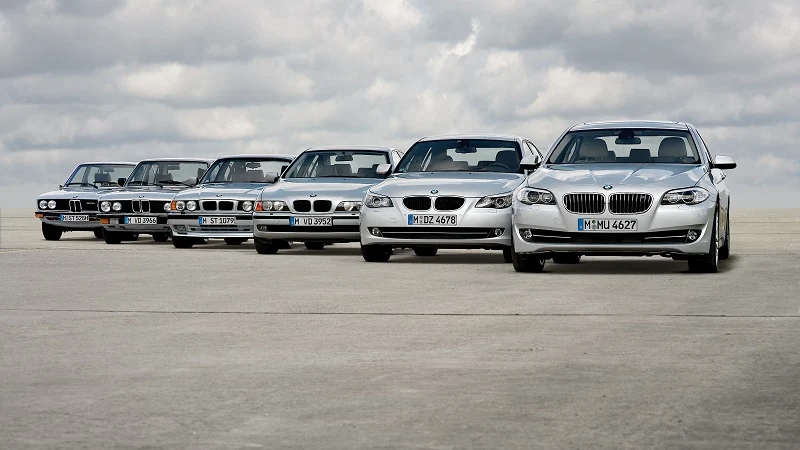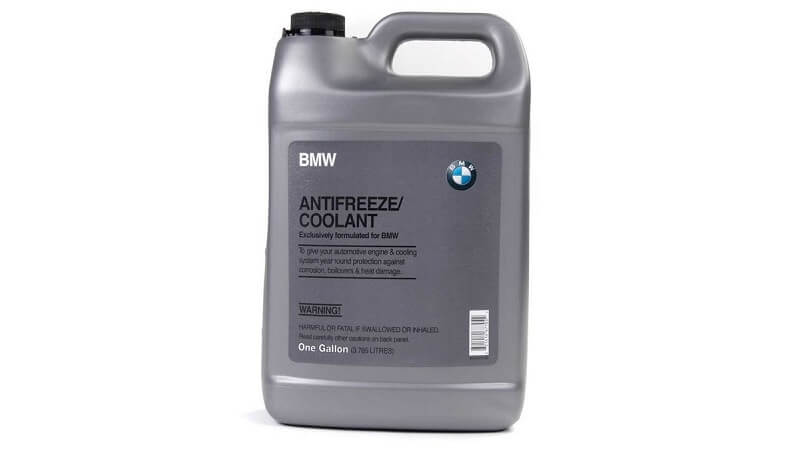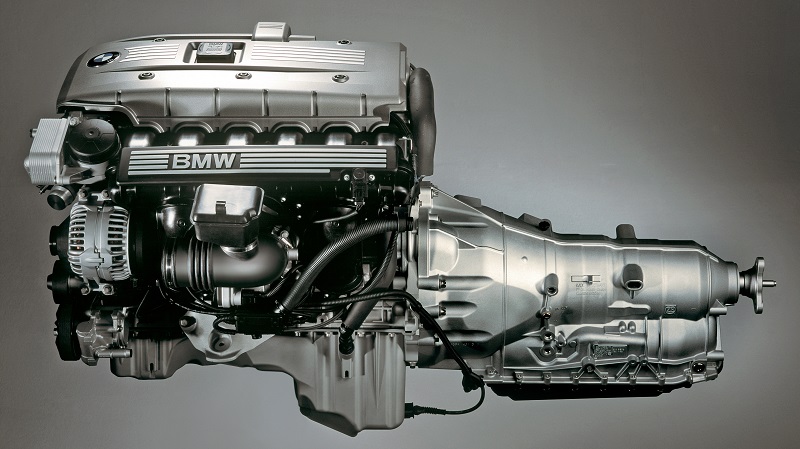Rarely anyone likes to spend more money than necessary on fuel. Still, most people do not drive as efficiently as they could, thus wasting money. Especially with gas prices rising, saving fuel can now really make a big difference to your wallet.
Thankfully, improving your fuel mileage is actually not that difficult if you follow a few key tips. You do not need any tools or equipment. It is all just about knowledge. If you want to get the most miles for every gallon of fuel with your Bimmer, read along!
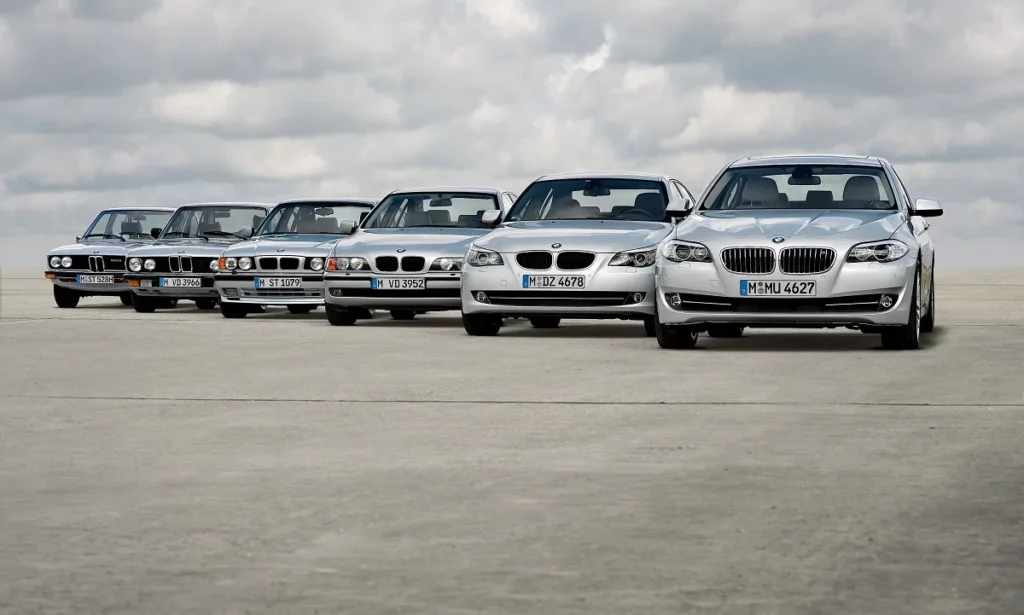
Minimize Braking and Predict Traffic Patterns
The first way to improve your car’s fuel efficiency is by braking as little as possible. This is all about maintaining the speed using nothing more than your accelerator pedal and predicting traffic patterns ahead.
What needs to be understood is that the car generates energy (or speed) by using gas and burning it inside the engine. In case you get on your brakes, the energy that was generated is dissipated by the brakes and irreversibly wasted. In other words, you take the energy generated by burning fuel out of the vehicle and can never regain it, unless you have a hybrid vehicle. For this reason, you want to maintain your speed and your energy for as long as possible.
Also, when you are driving behind another vehicle, you want to leave a reasonable distance between you. This is because if the vehicle in front starts braking, you will have enough space to let them get back up to speed without you having to brake as well. Thus, you are able to save energy and gas, which ultimately results in lesser fuel being used. This is especially true when the car in front of you wants to turn off the main road and there are no other obstacles ahead.
When on the highway, one thing that can help you minimize braking is cruise control. Tests show that its use can help reduce fuel consumption by between 7% and 14%. Without it, you might be constantly accelerating and decelerating, which seriously hinders fuel savings. On the other hand, the cruise control will prevent abrupt braking and maintain the car’s energy.
Perhaps the most important factor in minimizing braking is predicting what is ahead of you. If you learn to watch not only what is right in front of you but also what is happening three or four vehicles ahead of you, you can better prepare for the oncoming situation, and thus not have to reduce speed suddenly.
However, it is not only about traffic. Thinking about what is ahead of you in terms of bends, intersections, and hills, also plays a role. You should think about these ahead of time so that you can essentially come through them at the right speed or just coast to them, without having to use the brakes. Moreover, prediction is not only good for saving you gas, but it also improves the safety of you and the surrounding drivers. This skill is often lacking by drivers, and it shows. By predicting, you can even prevent dangerous situations and accidents.
Check Your Tire Pressures
Checking your tire pressures regularly is the second way that can seriously help you improve your fuel mileage, even on thirsty Bimmers such as a 330i. If your tire pressures are too low, your car will consume more fuel. Why? If your tires are out of spec in terms of pressures, their rolling resistance will be higher.
Whenever a tire is sitting on the ground, it forms a contact patch that is touching the road surface. With a larger weight of the car, but also with a lower pressure of the tire, that contact patch gets bigger. This means that while you are driving, the car has to overcome the deformation of the tires.
The deformation causes extra resistance and results in decreased gas mileage and performance. At the same time, it is important to note that you should not overinflate your tires, as this would cause issues of its own. High pressures can lead to premature tire wear and worsen the handling of your car.
Checking the tire pressure is a simple thing to do. All you need is a tire pressure gauge, which is also often available at gas stations. You simply remove the valve stem cap on your tire and check that the pressure is correct. You can find the correct pressures in the service manual.
Many models also have this information on labels located on the driver’s door pillar. Keep in mind that the recommended pressures vary based on the car’s engine, the number of passengers and luggage in the car, as well as the tire size. Also, different pressures may be recommended for the front and rear tires.
Avoid Speeding and Driving Fast
The third way of saving fuel is to not drive so fast. One of the reasons for that is quite obvious. At a higher speed, the engine has to spin at higher RPMs, thus burning more fuel and decreasing your fuel mileage. However, there is a second part to this.
Whenever you are driving around, your car has to overcome various forces. We have already talked about one of these, the resistance from tires. Another of these forces is aerodynamic drag. This is the air that your car is pushing out of its way while driving around, and it essentially slows you back down.
Many people tend to treat speed linearly. “If I go five percent faster, the fuel consumption of my car will also be about five percent higher as a result”. While this would make things simpler, it is not quite true. As it turns out drag is an exponential function of speed. This means that if you are going 60 mph, and then you decide to go 70 mph instead, you are going 14% faster, but the drag on the car actually increases by a much larger margin. Depending on the aerodynamics of your car, it could be 27% or more.
This does not have much effect at low speeds but is a really important factor on highways. While you’re driving at highway speeds, and you start to accelerate more and more, you are spending more and more gas to gain that extra speed. The bottom line is, going faster means more fuel being used.
By driving at a slower speed, not only will you save fuel, but you might also save yourself from an expensive speeding ticket. It also helps with the first point — predicting. If you take things a bit slower, you will have more time to assess the situation in front of you and adjust your driving accordingly.
Use Advanced Features to Save Fuel
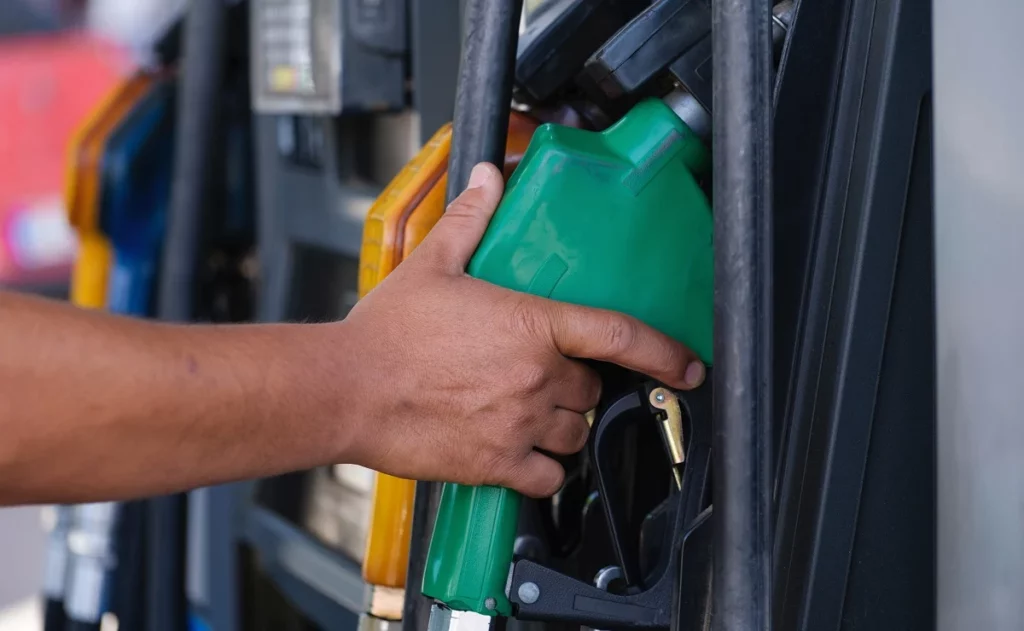
With the above-mentioned tips, you should be well on your way to increasing your car’s MPG by a considerable amount. If you want to evaluate whether these techniques are actually saving you fuel, you can’t just rely on your onboard trip computer but also use a variety of helpful tools that modern cars are equipped with.
For example, modern BMWs have a function called Eco Pro mode. This mode encourages a more placid driving style and thus helps improve the car’s fuel efficiency. Furthermore, it alters the driving characteristics of the car and alters the accelerator pedal sensitivity, as well as the shifting of the gearbox in the case of automatic transmissions.
It can also reduce the energy consumed by comfort functions such as ventilating or heating seats and the air conditioning system. To show how well you are doing, the extra range earned by the efficient driving style is shown on the infotainment screen and the instrument cluster, which also works as a great motivation.
Another feature associated with the Eco Pro mode is the Trip Data function. After taking a trip with your car, you can access an overview of your driving style, efficiency, and a few other metrics. The car can monitor a variety of interesting data, including whether you take your foot off the accelerator before racing a corner, instead of simply braking into a corner, which hinders the fuel mileage.
The overview also shows you the distance you have driven by coasting and the overall time the engine was able to be turned off thanks to the Start/Stop function. You can also get your driving style efficiency rated with 1 to 5 stars in regard to anticipation and acceleration. Modern cars are really intelligent, and these features can serve as an important factor in improving your driving style.
Get Rid of Bad Habits, Improve Your Bimmer’s fuel mileage
As you can see, increasing the fuel mileage is not that difficult so long as you stick to a few simple rules. Drivers tend to have many bad habits and without thinking about how a car actually works, it is often easy to not realize how much fuel we waste.
Of course, there are more ways to save fuel than just the three above, but these alone will already save you a lot of money in the long run! In the end, all you really need to do is think about the road ahead and try to predict what the traffic is about to do in front of you. By doing that, you can ensure that only the minimum energy your engine generates by burning fuel gets wasted.

